Papaya
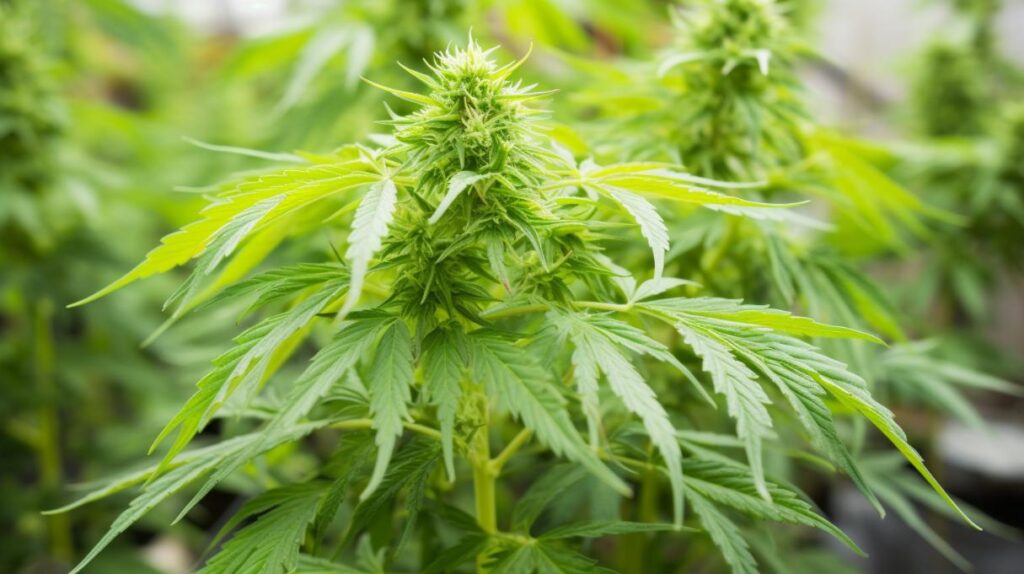
The Papaya Weed Strain, with its intriguing genetic lineage and notable presence in the cannabis community, presents an array of characteristics that merit thoughtful discussion.
This indica-dominant hybrid has captured the attention of both connoisseurs and medical patients due to its relatively high THC content and the blend of calming yet energizing effects it imparts. The strain’s distinctive tropical aroma contributes to its sensory appeal, while its potential therapeutic applications suggest a deeper significance beyond recreational use.
However, along with the benefits, it is important to consider the possible adverse effects that may accompany its consumption.
As we examine the complexities of the Papaya Weed Strain, from its terpene profile to its medical applications, we are confronted with questions regarding its role in an evolving cannabis landscape, its comparison to similar strains, and the research that underpins our understanding of its effects.
Genetic Lineage
The Papaya weed strain, an indica-dominant hybrid, boasts a robust genetic heritage, originating from the deliberate crossbreeding of Citral #13 and Ice #2 by the breeders at Nirvana Seeds. This meticulous selection process, crafted by the experienced cultivators, aimed to combine the invigorating qualities of both parent strains to create a new variant with distinct characteristics. Bred by Nirvana Seeds, a reputable name in cannabis genetics, Papaya stands as a testament to the breeders’ commitment to innovation and quality.
The physical characteristics of Papaya, such as its blade-shaped nugs, bright green foliage accented by brown hairs, and a shimmering crystalline sheen, speak to the meticulous breeding and careful selection of its lineage. The strain’s flowering period, ranging from 9 to 11 weeks, is typical of its indica dominance, promising growers a substantial yield of quality buds.
In terms of aromatic profile, Papaya emanates soothing sweet scents, complemented by a complex bouquet of fruity, herbal, sweet, and spicy notes, attributed to its dominant terpene, myrcene, along with supplementary terpenes such as limonene and caryophyllene. These olfactory elements contribute to the strain’s long-lasting high and memorable consumption experience, highlighting the rich genetic tapestry woven by its progenitors, Citral #13 and Ice #2.
THC/CBD Content
Building on its rich genetic heritage, the Papaya weed strain distinguishes itself with a THC content that typically ranges between 20% to 25%, marking it as a potent choice for those seeking strong psychoactive effects. This high THC content solidifies Papaya’s reputation as a strain that can deliver a powerful punch, catering to experienced consumers who have a high tolerance or prefer a more intense experience.
-
THC/CBD Content Analysis:
-
High THC Content:
-
Ranges from 20% to 25%
-
May result in pronounced psychoactive effects such as euphoria and heavy relaxation
-
Potential for adverse effects like dizziness and paranoia in sensitive individuals
-
CBD Content:
-
Hovers around 1%
-
Lower emphasis on therapeutic benefits that are often associated with higher CBD strains
The disparity between the THC and CBD levels in Papaya suggests an experience that is less focused on nuanced medical relief and more on robust recreational effects. Users should approach this strain with an understanding of its potency, as the high THC content can overwhelm those unaccustomed to strong cannabis varieties. Its chemical profile indicates that Papaya is more suitable for late evening or nighttime use rather than as a functional aid during the day.
Terpene Profile
Delving into the aromatic heart of the Papaya weed strain, the terpene profile reveals a complex bouquet of fruity, herbal, sweet, and spicy notes, dominated by myrcene, which is known for its sedative properties. This principal terpene contributes significantly to the calming reputation of this fruity strain, underscoring its utility in relaxation and stress relief. Myrcene’s influence is pivotal; it is often associated with the analgesic and anti-inflammatory benefits that augment the therapeutic potential of the Papaya strain.
Amidst its myrcene-rich foundation, the Papaya strain also boasts a presence of limonene and caryophyllene. Limonene imparts a citrusy undertone that complements the strain’s inherent tropical allure, potentially offering mood elevation and stress mitigation. Caryophyllene, with its peppery flair, not only enriches the olfactory tapestry but also potentially interacts with the body’s endocannabinoid system to provide relief from discomfort without psychoactive effects.
The ensemble of these terpenes orchestrates a symphony of aromatics that is distinctly sweet and resonant with tropical nuances, contributing to the immediate onset of soothing effects that envelop both mind and body. This synergy makes the Papaya weed strain a particularly enticing choice for medicinal users seeking reprieve through a holistic sensory experience.
Effects
Renowned for its profoundly relaxing effects, the Papaya weed strain has become a staple for medicinal users in need of tranquility and symptom relief. As an indica-dominant hybrid, Papaya is celebrated for its capacity to deliver a comprehensive calm that descends upon users shortly after consumption. Its high THC content ensures an immediate onset of soothing effects, making it an ideal choice for those seeking reprieve from the day’s stressors.
The effects of the Papaya strain can be delineated as follows:
-
Immediate Onset:
-
Mind: Users often report an almost instantaneous alleviation of mental tension.
-
Body: A pervasive relaxation spreads through the body, often described as a ‘heavy’ calm.
-
Medicinal Benefits:
-
Symptom Relief: Particularly effective in quelling jitters and hyperactivity symptoms.
-
Appetite Stimulation: Users may notice an increase in appetite, beneficial for those with eating disorders or undergoing treatments that suppress hunger.
While predominantly therapeutic, potential side effects should be noted to ensure responsible use:
- Side Effects:
- Common: Dizziness, dry mouth, and dry eyes are frequently mentioned.
- Overconsumption: Headaches and paranoia may occur if the strain is used in excess.
The Papaya strain’s effects, combined with its small stature and suitability for indoor cultivation, make it a popular choice for both therapeutic and recreational consumers seeking an indica-dominant experience.
Medical Uses
The Papaya weed strain has emerged as a versatile therapeutic option, offering significant relief for patients combating stress, pain, and a variety of other symptoms. This potent cannabis variety is particularly recognized for its calming properties, which have proved beneficial for around a quarter of users who seek solace from anxiety and stress-related disorders. Its analgesic effects are noteworthy, providing alleviation from persistent pain conditions including migraines and muscle spasms, thus highlighting its potential as a natural alternative to traditional painkillers.
Furthermore, Papaya exhibits properties that assist in managing hyperactivity and stimulating appetite, which can be particularly advantageous for individuals undergoing treatments that affect their eating patterns. The anti-inflammatory characteristics of Papaya also contribute to its capacity to diminish bodily inflammation and cramps, offering a holistic approach to pain and discomfort management.
Derived from a crossbreed of Citral #13 with Ice, Papaya is considered a powerful medical strain. However, it is crucial to consult healthcare professionals for tailored advice, as individual experiences with cannabis can vary. Medical endorsement ensures safe and appropriate use, optimizing the therapeutic benefits while minimizing potential risks.
Flavor and Aroma
With its rich, tropical scent, the Papaya weed strain envelops the senses in an aroma that evokes a lush orchard, featuring notes of mango and other tree fruits. This scent profile suggests an intimate connection with the natural sweetness of tropical fruit, which is a hallmark of this particular strain. It beckons with a promise of a flavor that is both exotic and familiar, a sensory trip to equatorial climates.
The taste of Papaya follows through on the aromatic promise:
-
Flavor Profile:
-
Sweetness: The initial impression is one of sugary delight, reminiscent of ripe fruit.
-
Herbal Undertones: An herbal quality emerges, complex and earthy, adding depth to the sweetness.
-
Spice Notes: A subtle hint of spice, possibly from the caryophyllene, tingles the palate, suggesting a nuanced experience.
-
Aroma Experience:
-
Fruity Dominance: The mango and tree fruit aromas are robust and forward, dominating the olfactory experience.
-
Peppery Finish: A dash of pepper, a characteristic likely enhanced by the terpene profile, rounds out the scent and adds sophistication.
The Papaya strain’s terpene synergy, featuring myrcene, limonene, and caryophyllene, provides an analytical angle to its flavor and aroma. It delivers a sweet and herbal flavor with notes of spice, sour grapes, and apples, culminating in a soothing and memorable aromatic experience.
Appearance
Exhibiting short and stocky growth, the Papaya weed strain boasts distinctive papaya-orange pistils that intertwine with blade-shaped nugs and a tapestry of bright green leaves, all accentuated by a crystalline trichome coating. The appearance of the Papaya strain is a visual feast, underscored by the contrast between the vivid green foliage and the warm, tropical hues of the pistils. The nugs are often dense and compact, yet they have a certain delicacy due to the intricate crystalline layer that blankets them.
This strain’s allure is not solely based on color; the surface texture plays a significant role in its appeal. The buds, when fully mature, present a sticky feel that indicates a high resin content, which is often associated with potency and a robust flavor profile. The brown hairs that sporadically adorn the nugs add another dimension to the strain’s appearance, offering a rustic touch to the otherwise vibrant palette.
Below is a table that encapsulates the distinctive features of the Papaya weed strain’s appearance:
| Feature | Description | Impact on Appearance |
|---|---|---|
| Pistils | Papaya-orange hairs | Tropical warm hues |
| Nug Shape | Blade-shaped, dense | Visual density |
| Trichome Coat | Crystalline, sticky when ripe | Sparkling allure |
Analyzing the Papaya strain’s appearance reveals a careful balance between aesthetics and the promise of a quality smoking experience, with each visual aspect hinting at the tropical essence and potency of this unique cultivar.
Grow Information
Understanding the striking appearance of the Papaya weed strain sets the stage for exploring its cultivation requirements, which entail a measure of expertise due to its specific grow conditions and considerable yield potential. The Papaya strain is suited for indoor environments, especially smaller spaces, due to its relatively compact stature. However, successful cultivation is often the domain of veteran growers, as the plant demands precise care throughout its life cycle.
-
Cultivation Insights:
-
Flowering Time: The Papaya weed strain has a flowering period lasting between nine to eleven weeks, a window critical for planning harvest schedules.
-
Yield: Developed to thrive under the Sea of Green (SOG) method, Papaya can yield about 350-450g/m², offering a bountiful return for those who master its cultivation.
-
Expertise Requirements:
-
Knowledge Base: Growers need to have a robust understanding of plant care, recognizing the signs of nutrient deficiencies and excesses.
-
Environment Management: Maintaining optimal conditions regarding humidity, temperature, and lighting is essential for the development of the dense, sticky buds that are characteristic of this strain.
For those interested in furthering their cannabis cultivation skills, resources such as CannaConnection.com provide a valuable strain database and additional growing tips to assist in achieving a successful Papaya crop.
Adverse Effects
While the Papaya weed strain is often celebrated for its unique flavor profile and effects, it is important to note that it may cause adverse reactions such as dizziness, dry mouth, and, in some cases, paranoia. These adverse effects can detract from the user experience and may present challenges for individuals who are sensitive to the more potent aspects of cannabis.
The consumption of the Papaya strain might lead to a sensation of dry eyes, which is a commonly reported side effect among many cannabis strains. Additionally, some users report a feeling of a heavy head, which can be discomforting, particularly for those who are not accustomed to the sedative effects often associated with indica-dominant hybrids like Papaya.
It is also crucial for potential users to be aware that, although rare, the onset of paranoia is a serious adverse effect that can be exacerbated by higher doses or particular sensitivities. As such, it is recommended to seek professional medical advice before using the Papaya weed strain, especially for individuals with a predisposition to cannabis-induced paranoia or other adverse effects.
Comparisons with Similar Strains
The Papaya weed strain aligns closely with varieties like Shishkaberry and Alien Dawg in terms of its calming effects and potential to alleviate symptoms of anxiety and stress. These strains are often sought out for their sedative qualities and ability to promote relaxation. Users with similar therapeutic needs might find comparable benefits across these strains, which include relief from depression and stress.
-
Effects on Mood and Stress
-
Papaya: Known for a heavy calm, may reduce hyperactivity and aid in focus.
-
Shishkaberry: Also induces relaxation, potentially beneficial for those with jittery dispositions.
-
Alien Dawg: Emphasizes a tranquility that can quiet the mind, easing the strain of anxiety.
-
Physical Relief and Side Effects
-
Papaya: Can stimulate appetite and provide relief from migraines and cramps.
-
Mr. Nice Guy: Offers similar physical relief, with a potential increase in the munchies.
-
Shiva Skunk: Comparable in easing bodily discomfort but may lead to common side effects like dizziness and dry mouth when overused.
In comparison to other strains such as the Citral or Mango strain, Papaya’s terpene profile and effects hold a distinctive place, though they share an overarching theme of relaxation and stress relief. Each strain offers a unique blend of benefits and potential side effects, requiring users to consider their individual responses to these varieties.
Research and Studies
Recent studies on the Papaya weed strain have revealed its indica-dominant hybrid nature, contributing to its dual capacity for mental tranquility and an energizing body effect. The research has underscored the strain’s higher THC potency, which is thought to be responsible for its potent effects. This potency not only plays a role in the strain’s ability to calm the mind but also contributes to its physical energizing qualities, making it a versatile option for users seeking both relaxation and a burst of energy.
The effectiveness of the Papaya strain for stress, anxiety, and pain relief has been a particular focus of studies. Findings suggest that a significant percentage of users experience relief from these ailments, which speaks to the strain’s therapeutic potential.
An analytical look at the Papaya strain’s terpene profile reveals dominant terpenes such as myrcene, limonene, and caryophyllene. These contribute to the strain’s distinct aromatic qualities—fruity, herbal, sweet, and spicy—enhancing the overall user experience.
Here is a summarized table of the research findings:
| Effect | Percentage of Users Reporting Relief | Dominant Terpenes |
|---|---|---|
| Stress Relief | 25% | Myrcene |
| Anxiety Relief | 25% | Limonene |
| Pain Relief | 22% | Caryophyllene |
| Aromatic Profile | – | Fruity, Herbal, Sweet, Spicy |
These insights provide an informed understanding of the Papaya strain’s characteristics and potential benefits.
History and Origin
Building on the understanding of the Papaya weed strain’s characteristics and therapeutic effects, it is pertinent to explore its historical roots and the journey of its development, which can be traced back to the work of Nirvana Seeds and the crossbreeding of Citral #13 and Ice #2.
The inception of Papaya is a testament to the ingenuity of cannabis breeding, combining the genetics of two potent parent strains to create a unique hybrid.
-
Nirvana Seeds:
-
Founded with a mission to provide high-quality, medicinal cannabis strains.
-
Recognized for innovative breeding techniques that led to the creation of the Papaya strain.
-
Crossbreeding Process:
-
Carefully selected Citral #13 (known for its sweet citrus aroma and relaxing effects) was crossed with Ice #2 (prized for its high resin production and robust growth).
-
The crossing yielded a strain that encapsulates the best traits of both parents:
-
Aroma and Flavor: The crossed Citral parent contributed to the distinctive papaya-like scent and taste.
-
Potency and Effects: The Ice #2 parent enhanced the THC levels, resulting in the strain’s calming yet energizing benefits.
Analyzing the strain’s provenance, it’s clear that the Papaya weed strain was engineered to offer a combination of therapeutic relief and enjoyable consumption, making it a popular choice both for recreational users and medical patients seeking respite from stress, anxiety, and pain.
Frequently Asked Questions
Is Papaya Weed Exotic?
The term "exotic" often refers to something foreign, rare, or unique, typically related to tropical cultivation. Papaya weed’s tropical profile and rarity in certain regions may indeed classify it as exotic.
What Strain Is Papaya Og?
Papaya OG is an indica-dominant hybrid with genetic origins stemming from the crossing of varied parent strains known for their sedative qualities and robust terpene profiles that contribute to its distinctive effects.
Is Sour Papaya a Sativa or Indica?
Sour Papaya exhibits a genetic background predominantly indica, with a 70/30 split favoring indica over sativa. This informs its typical calming effects, though it retains some sativa traits for potential energetic outcomes.
Is Papaya Bx Indica or Sativa?
Papaya Bx exhibits a genetic lineage dominated by indica traits, with a 70% indica and 30% sativa composition, reflecting its heritage in its calming and stress-relieving properties.

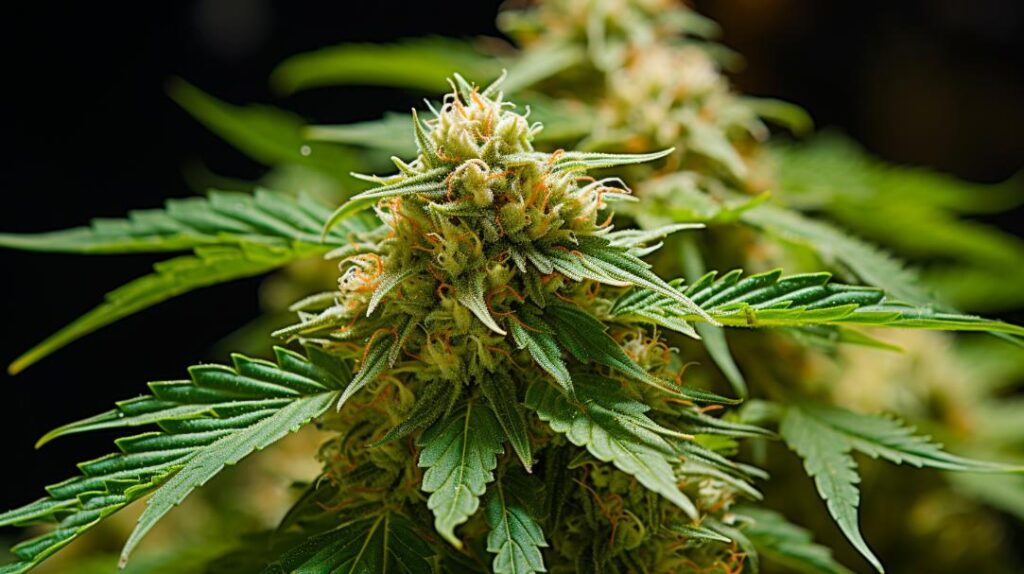
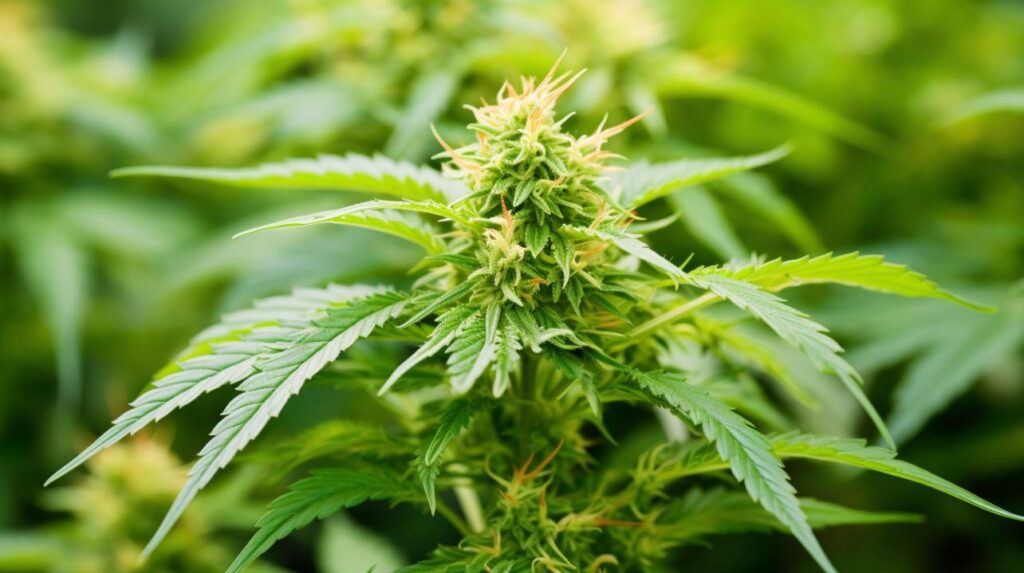
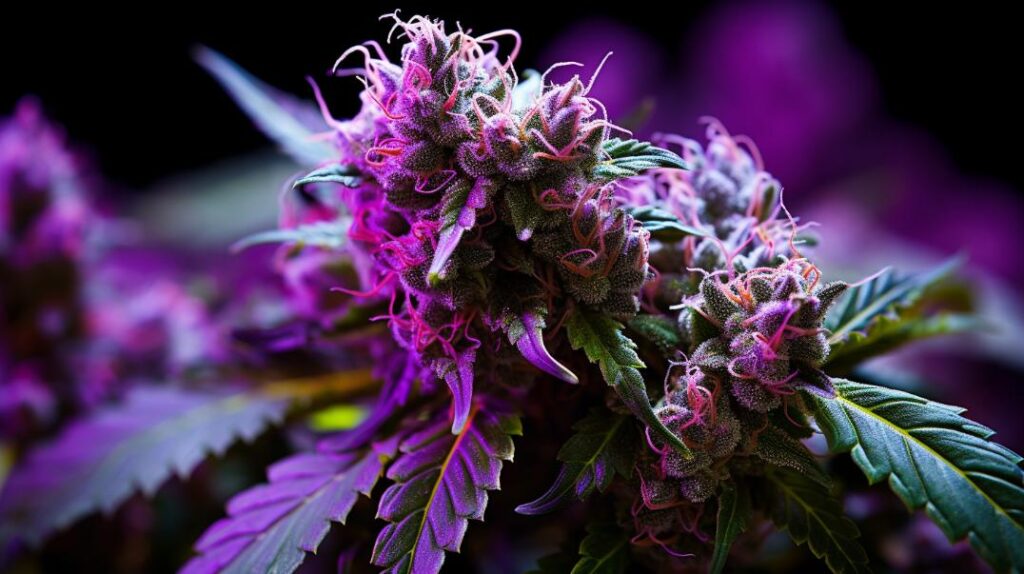
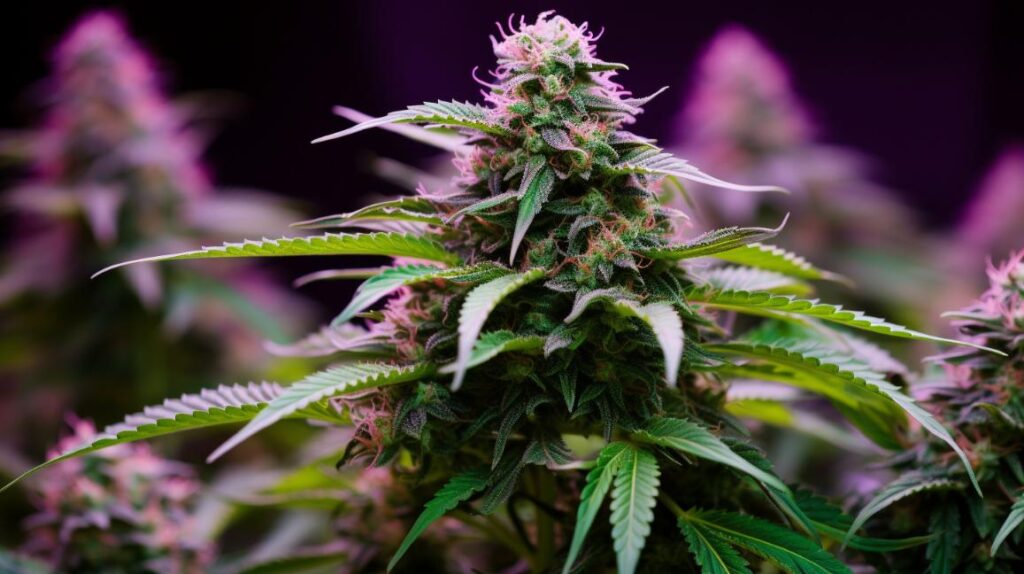
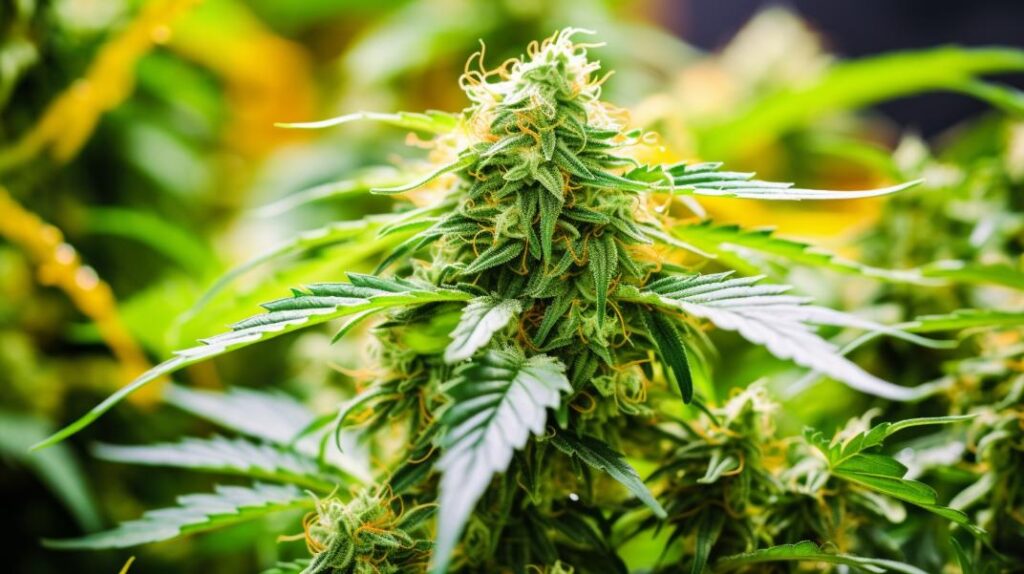

Responses